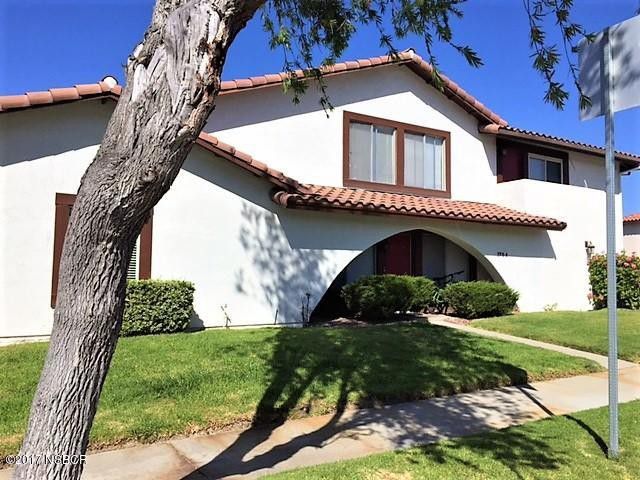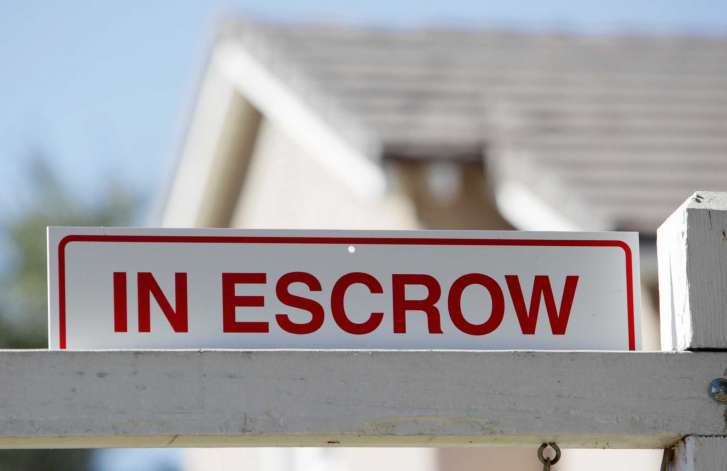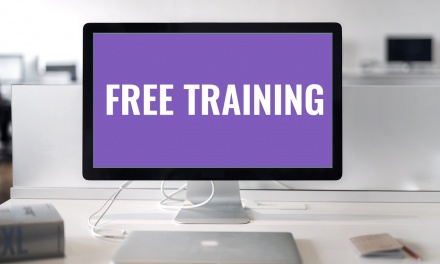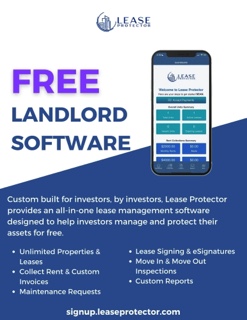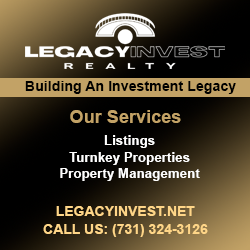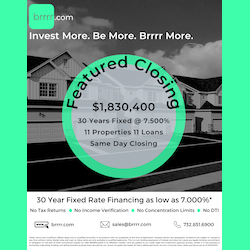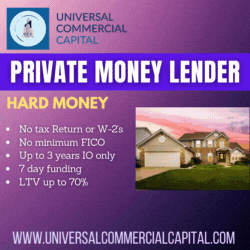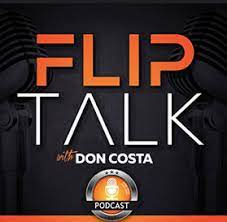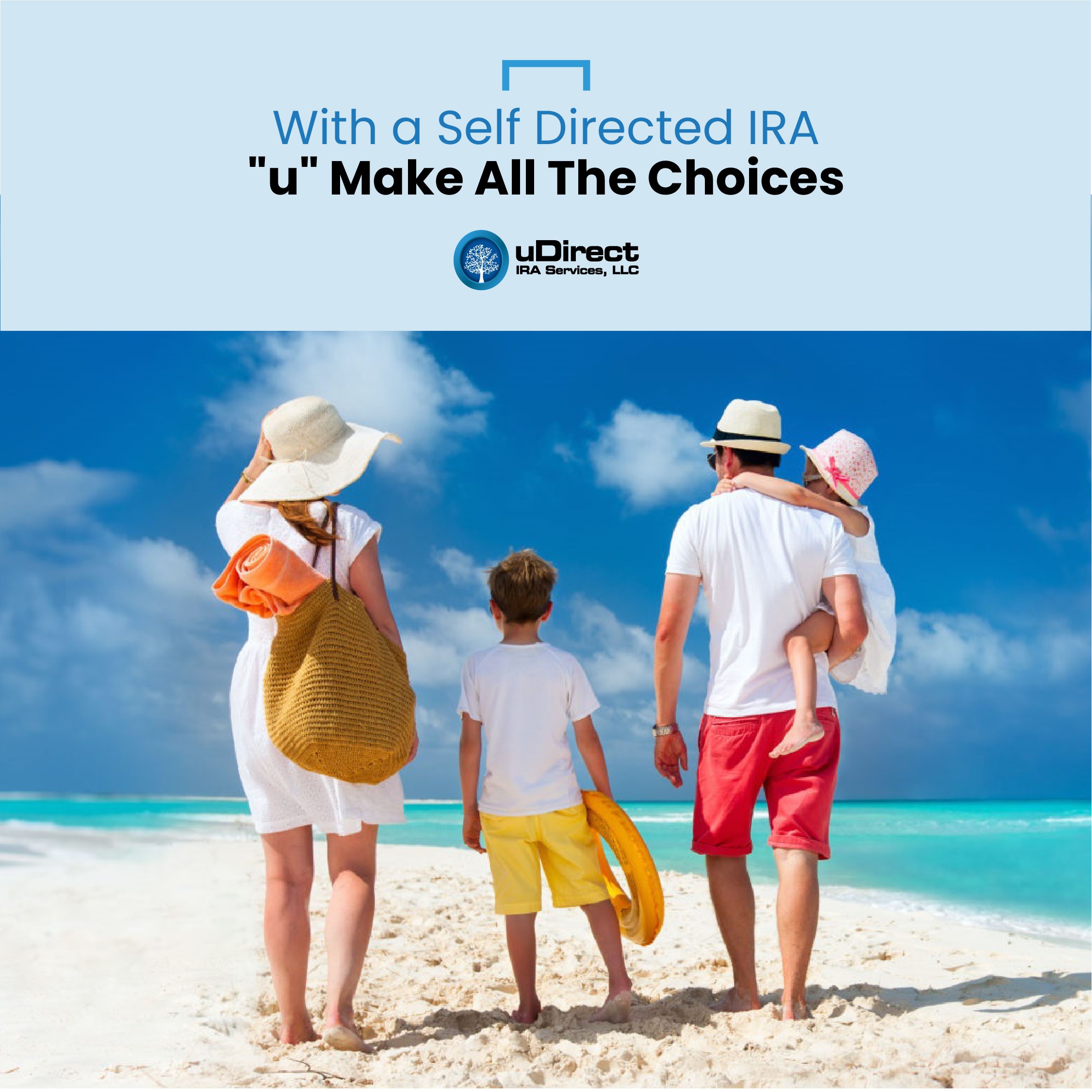The Step-By-Step Strategy on How I Recently Acquired a BIG, FAT FEE on the Purchase of a $160,000 Rental Unit.
by Linda Pliagas, publisher of Realty411 and REI Wealth
When I began to invest in real estate, I knew I had to buy a property at a low price and with plenty of equity, so money could be made when I decided to sell the asset, which oftentimes was years later.
I started investing in 1993 at the age of 25 and at the time my understanding of real estate was limited to acquiring a traditional mortgage loan, after asking well-to-do family members for private loans for my down payment. It was all traditional and mainstream, without an ounce of creativity.
Now, in my 40s, as the publisher of Realty411 and REI Wealth, two of the most well-known and popular real estate investing magazines in the country, and as a seasoned investor having purchased millions of dollars in rental real estate in five states, and now owning numerous doors in California free and clear, my options are open and my skill set is sharper.
At this point, I’m not waiting months, perhaps YEARS to profit from a purchased property, I want my payday to be NOW – the sooner the better!
One of my long-term investing mentors, Hector Padilla, GRI/Broker with SWI Realty in Culver City, taught me how to speed up the process of getting PAID at the time of purchase with an ACQUISITION FEE.
Normally this strategy is implemented when purchasing large, multi-family properties or other commercial real estate where a sponsor and many investors are involved. Typically, these transactions are syndications comprised of many individual investors.
When a syndication buys an asset, typically the sponsor of the synidcation (the one who put the deal together) pays themselves a fee for finding the property. This acquisition fee covers the labor of negotiating the purchase, rounding up funds, binding the deal together, working with the brokers, inspectors, appraisers and other parties, performing the due diligence on the asset, and finally… closing on the transaction. The acquisition fee is normally 2% of the purchase price.
Armed with this knowledge, I wanted to implement this strategy on a smaller-scale property so I could enjoy the fruits of my labor, even before I rehabbed the property!
After searching and going into and out of escrow on multiple properties in my search for a phenomenal transaction, I zeroed in on a small rental unit by Vandenberg Air Force Base in Lompoc, California. We already own many properties in the area and they’re rented to military tenants – more on this strategy in another article.
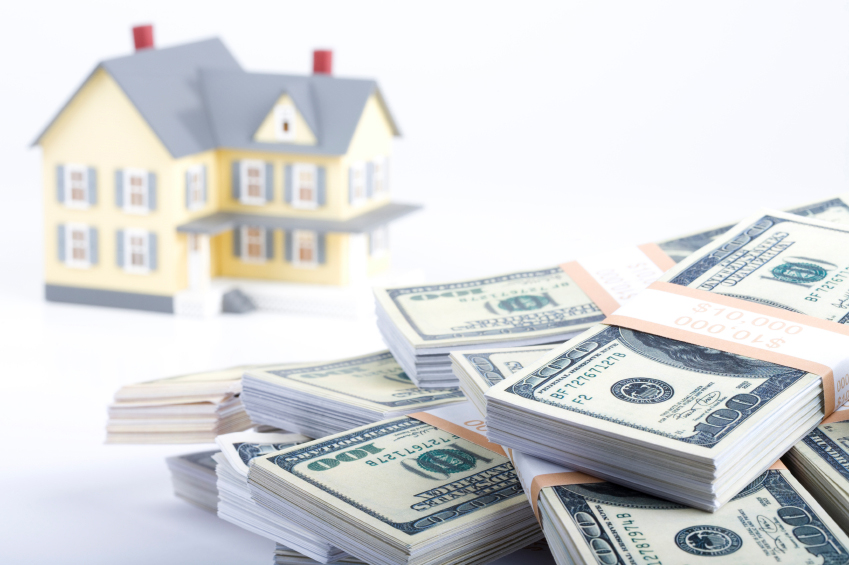
Image by 123rf.com
The property was distressed and not financeable due to many existing issues, which could not be repaired by the cash-strapped owner. Mistakes happen and the owner got excited and purchased a property that he could not maintain nor financially afford, now he needed a way OUT.
My team and I look at the Multiple Listing Service in many cities of California on a daily basis and found this property on the first day it came on the market. Luckily, I knew the agent and within a few hours I was at the property and making a solid, all-cash, close-in-30-days offer.
I estimated that with a price of $160K and an ARV (after-repair value) of $220K, the deal allowed plenty of room for me to add on the rehab costs, closing fees, and a bonus to be paid upfront for finding this fantastic deal – after all, I had been looking for many months with countless hours of payroll costs already clocked in by my staff. Oh, and one thing I forgot to mention…. I did NOT have $160K to buy this property!
But never fear, as investors, we know how to LEVERAGE what we do have (equity, time, connections, knowledge).
Since I have plenty of equity in existing rentals nearby, I called my personal private lender (who I met in Newport Beach at our Realty411 Expo in 2012), and asked him to lend me $200K and place a lien on a rented property down the street (Property #B), which we owned outright and was worth nearly $300K.
Before purchasing property #A, I made sure my interest payment could be paid from existing monthly rental income coming in, I realized it was a bit short, maybe $400 per month or so; however, upon refinancing out of a 9% interest rate, after we repair the property so that it can be financed, we will be at a break-even standpoint with a 6% interest-rate, 30-year traditional note.
Breaking even may not sound sexy, but remember: I already pocketed $25K, we now have another asset in a growing area of California — which historically has doubled in price every 10 years.
If I choose to, I can sell this property (#A), or another property that has even more equity, and pay off the private loan (on Property #B), but because we tend to be long-term investors, we anticipate holding this new deal for many years to come, so we are leaning toward renting out the newly-acquired property upon the renovation, then placing a traditional mortgage on it.
I hope this article has enlightened your knowledge of creative real estate and given you some ideas on how to structure deals with your trusted partners, private lenders and associates. Be sure to read our website often for other articles, tips and strategies on creative real estate investing.
Until next time, may you have continued success investing!
EDUCATIONAL SIDEBAR:
Why this Transaction Worked and Some Highlights:
- Purchase price was low, allowing plenty of equity for renovation costs and up-front profit
- Acquired the property creatively using private capital from trusted funding source
- Property can be rented instead of sold, and monthly income will cover most costs of private financing – remainder loss can be covered by existing rents on other properties
- A lien was placed on another property owned free and clear, so essentially I received an equity loan on another property for the purchase of this one
- Partners approved — My husband (co-buyer) and lender approved my BIG, FAT FEE
- We did nearly-perfect simultaneous escrows on both transactions: the new trust deed on property #B (for $200K), and the new purchase of this property, #A (for $160K)
- Total check for over $38K received at escrow will cover $15K for rehab costs, plus the rest is the tax-free “Acquisition Fee” I received. The funds are actually existing equity from another property owned free and clear (Property #B), so it is a tax-free transaction. (Please check with your CPA for further advice and insight).
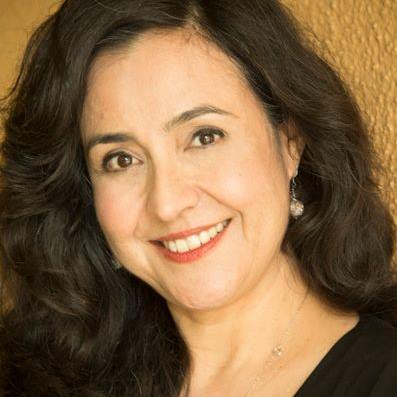 For more information about Linda Pliagas, Realty411 or REI Wealth Magazines, or other publications, expos and events produced by Ms. Pliagas, please call us at 805.693.1497 or feel free to explore:
For more information about Linda Pliagas, Realty411 or REI Wealth Magazines, or other publications, expos and events produced by Ms. Pliagas, please call us at 805.693.1497 or feel free to explore:
http://REALTY411.com – New Website!
http://REALTY411guide.com – Original Site
http://REALTY411mag.com – Social Networking
http://REALTY411expo.com – Events & Expos

